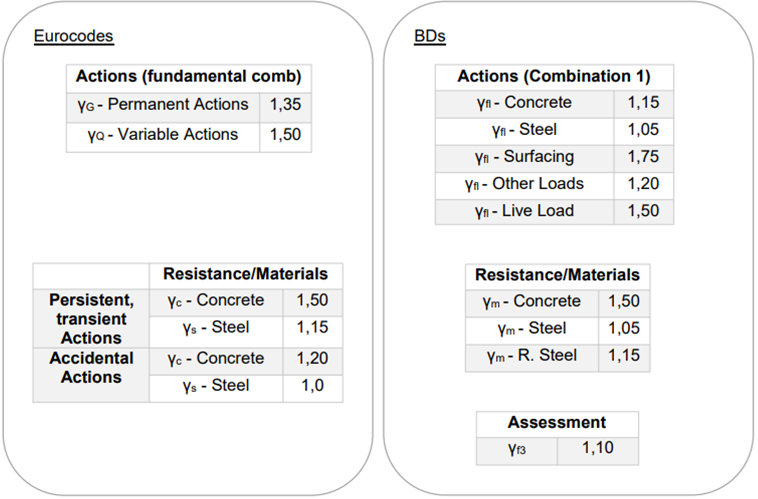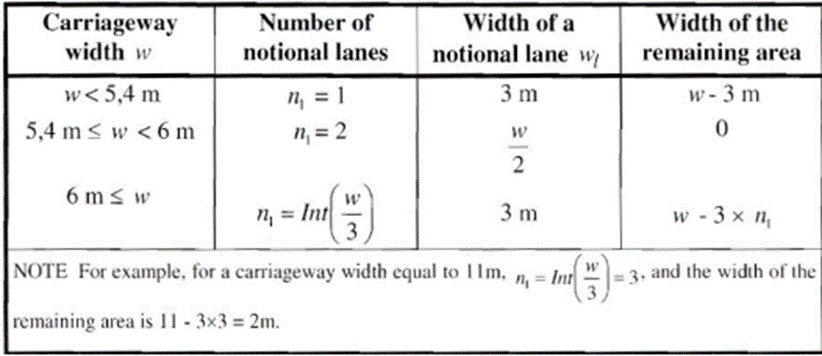Eurocode VS BS code

Introduction
The Eurocodes’ history started around 1971-1976 when the Public Procurement Directive organized a steering committee to propose the development of a common European code that could cover the design of a great diversity of construction works.
Public safety, durability, and serviceability are really important issues for society, becoming significant aspects of the regulation of construction. It brought then, new rules into the Eurocodes regarding existing structures which accurately are objects of concern since they have undergone a long history of evolution. However, this concept does not mean that structures became suddenly unsafe, this only draws attention to the need for understanding, for instance, the changes in the load and consequent behavior in the structures.
History of BS code
In the late 1950s, there a rapid development of the UK road and motorway regarding structural design. The Ministry of Transport (Mot) was the entity that introduced a new guidance document regarding this subject. This document consisted of guidelines for standards, methods of construction, and loadings. By 1965, 1000 designs of Bridges had been already approved by that division. Nevertheless, apart from the constant appearance of new works, a growth concern about the maintenance of existing bridges started to occur due to increased traffic volume and weight.
A series of Euro codes Developed
Euro codes are a series of 10 European Technical Standards that provide a common approach to the structural design of buildings and other civil engineering works.
Euro code can be found in 10 significant categories:
| EN 1990 | Eurocode 0 | Basis of Design |
|---|---|---|
| EN 1991 | Eurocode 1 | Action of Structures |
| EN 1992 | Eurocode 2 | Design of Concrete Structures |
| EN 1993 | Eurocode 3 | Design of steel structures |
| EN 1994 | Eurocode 4 | Design of composite steel and concrete structures |
| EN 1995 | Eurocode 5 | Design of timber structures |
| EN 1996 | Eurocode 6 | Design of masonry structures |
| EN 1997 | Eurocode 7 | Geotechnical Design |
| EN 1998 | Eurocode 8 | Design of structures for earthquake resistance |
| EN 1999 | Eurocode 9 | Design of aluminum structures |
These codes have been approved by CEN and they could co-exist with the appropriate National code under the rules of the same authority.
Series of BS codes Developed
| BD 63/07 | Inspection of Highway Structures |
|---|---|
| BD 21/01 | The Assessment of Highway Bridges and Structures |
| BD 37/01 | Loads for Highway Bridges |
| BD 44/15 | Assessment of Concrete Highway Bridges of Structures |
| BD 86/11 | The Assessment of Highway Bridges and Structures for the effects of Special Types General Order (STGO) and Special Order (SO) vehicles |
| BD 56/10 | The Assessment of Steel Highway Bridges and Structures |
| BD 61/10 | The Assessment of Composite Highway Bridges and Structures |
Major Differences between Euro Code and BS Code

Partial Safety Factor

Partial Safety Factors
Moving Loads Based on Lanes
 Number of lanes according to Euro code
Number of lanes according to Euro code
![Number of Notional Lanes, according to BDs [29]](https://www.midasbridge.com/hs-fs/hubfs/International_Bridge/midasBridge_Blog/2024%20midasBridge%20Contents/24-04-19%20The%20Role%20of%20Eurocode%20and%20BS%20Code%20in%20Structural%20Engineering/Number%20of%20Notional%20Lanes%2c%20according%20to%20BDs%20%5B29%5D.png?width=630&height=441&name=Number%20of%20Notional%20Lanes%2c%20according%20to%20BDs%20%5B29%5D.png)
Number of Notional Lanes, according to BDs [29]
Conclusion
So, as we can see there are several other differences between the Euro code and BS codes, and a lot of recent developments have taken place both the codes Euro and BS codes are equally important in each way both from an assessment point of view and a designing point of view. So in the coming years as a structural engineer, we need to give equal importance to the design of any structural element or assessment of a structural component. As this industry is rapidly growing both these things are going to work hand in hand. So let’s all cherish the fact that we have 2 such codes and both are equally contributing to this massive infrastructure world.
 Get Started midas Civil
Get Started midas Civil
 Featured blog of this week
Featured blog of this week








